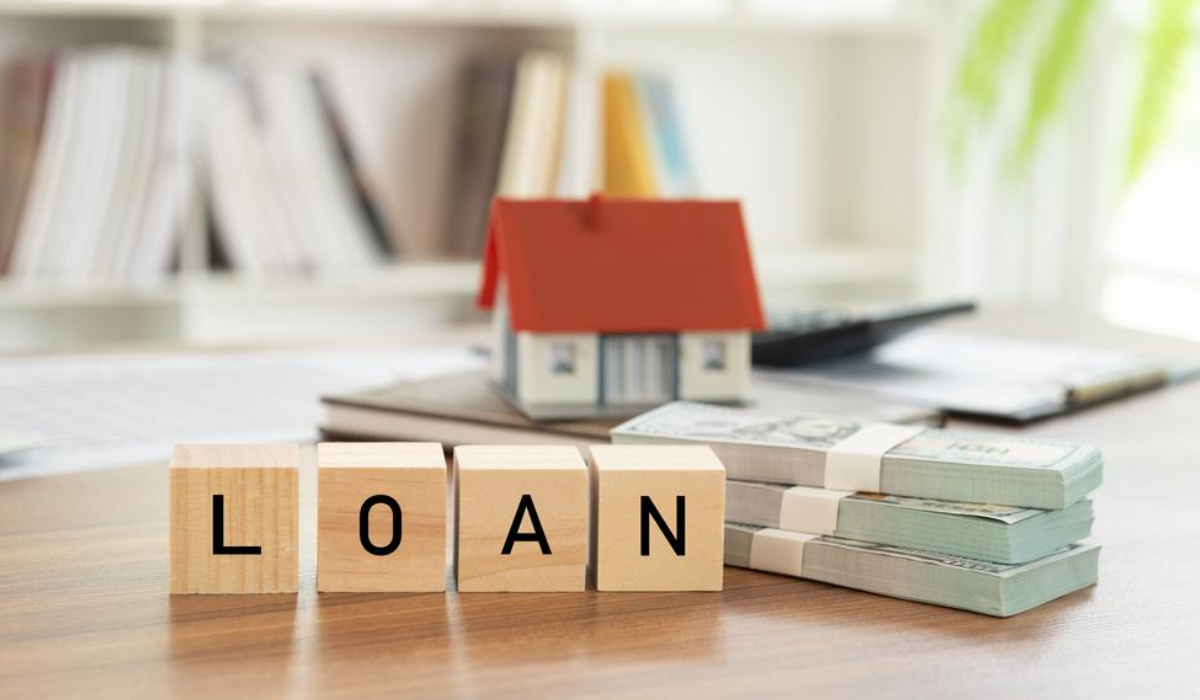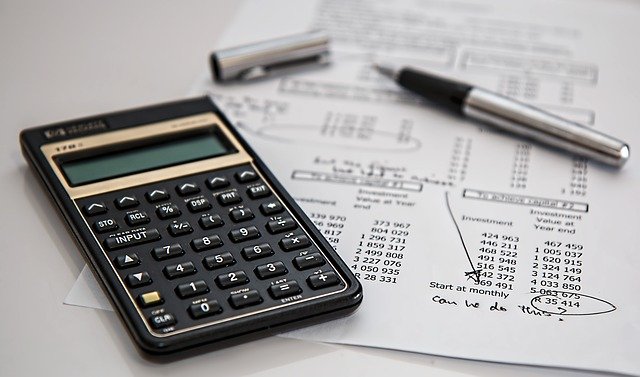Given that investing in a house is a major decision, evaluating the amount you can afford is of paramount importance. It’s the first and most fundamental step to your house-buying procedure. It is also essential to consider the amount you need besides the EMI amount based on your current income.
Put simply, assessing your home affordability, and remaining objectives about your decision should be considered. However, there’s an easy way to evaluate and create a smart budget for your home loan. This guide gives you all the information you need to understand how much you can afford when it comes to purchasing a house.
How Much Can You Afford As EMIs?
Table of Contents
What comes as an aid here is the unwritten lenders’ rule. Financial institutes and banks make sure loan EMIs do not exceed 50%-70% of the borrower’s disposable income.
Let’s take the example of your salary being Rs. 1 lakh, and your monthly EMIs as of now is INR 10,000 per month. This means that your home loan EMI cannot be more than INR 54000 – 63000. So your maximum home loan eligibility may be determined. This percentage is determined based on many factors, including the nature of your employment, your age, background, nature, and value of the property, etc.
Thus, if you need a higher amount, you can apply with a family member who has a stable income and a good credit score as a co-applicant. If both co-applicants earn the same amount of money, the EMI’s upper cap would be double, and it automatically increases the loan amount of the home. However, while using the income for taking a larger house loan, it’s always great to work out the possible scenarios.
Issues With Down-Payments
Presuming that EMIs are the only worry is false. You require putting in at least 15-20% of your total cost as the down payment. A majority of people take a large chunk out of their savings to make the payment. As lenders usually provide around 80% of your cost, it is evident that you need to give a minimum of 20% of the property value as a down payment . This amount gets higher as the property value goes up. You and your co-applicant will need to ensure you have sufficient funds to cover the same.
Other Factors to Keep in Mind
Consider a situation in which you have to pay for your house’s rent along with your EMI if you opt for a property that’s under construction. Here, you must evaluate whether you can afford the rent and EMI together (even when the bank gives you a larger amount as a loan).
For a majority of people, paying rent or EMIs means spending more than half their salary. This prevents them from being able to save to meet other financial goals. If this situation is temporary, it can still be managed, but one cannot compromise on their goals when the scenario continues for a longer period.
And when you are not comfortable borrowing the maximum amount that your bank can lend you, it’s alright. You can always choose to borrow a lesser amount than the lender is willing to loan you.
The Calculating Process
The best way to assess your financial condition when applying for a home loan is by calculating the numbers. Start the budget by assessing your monthly income. You can include the revenue streams from investment profits, your alimony to any income from the rent on your other properties.
Next, list the estimated housing costs and down payment. Finally, tally the expenses. Alternatively, you can also make use of a home loan calculator.
Final Words
Purchasing a home is an emotional decision. It’s really easy for anyone to get carried away. However, getting a comprehensive insight into your finances will help you understand how much you can afford.
Of course, you can stretch your budget a bit as the EMI will remain constant as your income increases. However, if you’re still facing challenges with the process, you can approach the experts at Grihashakti for their professional advice.




